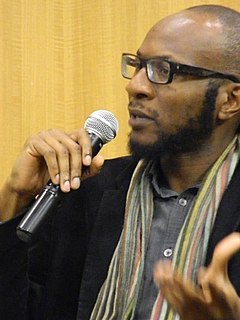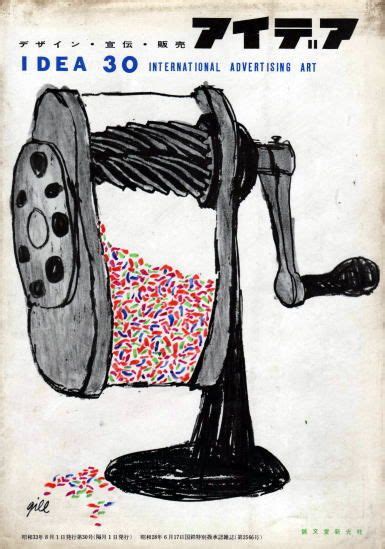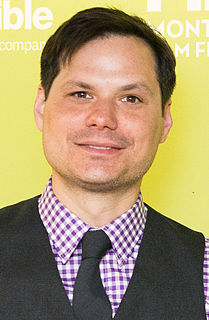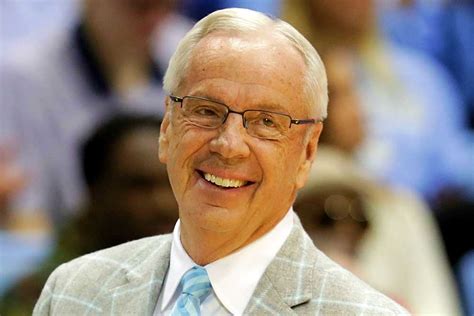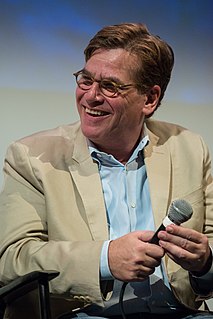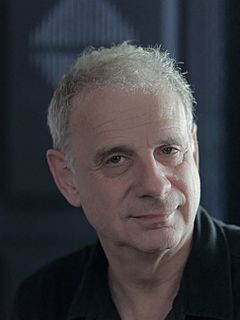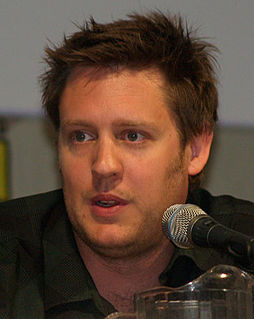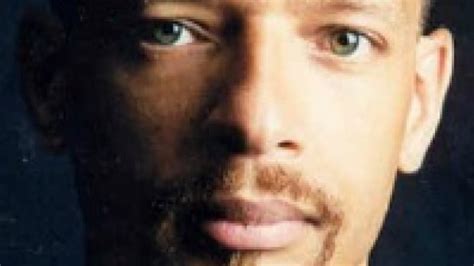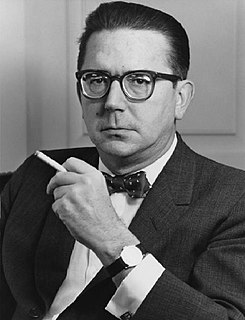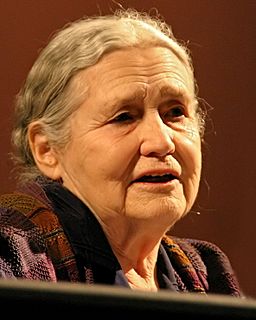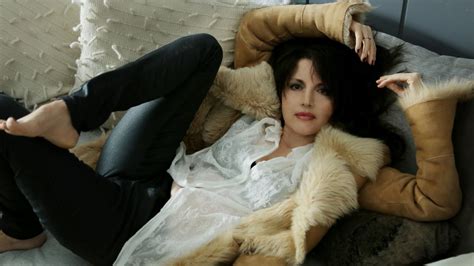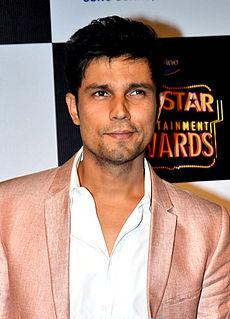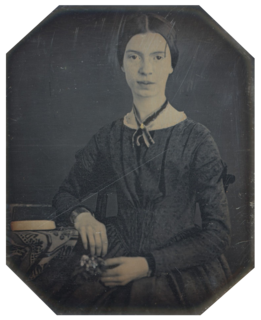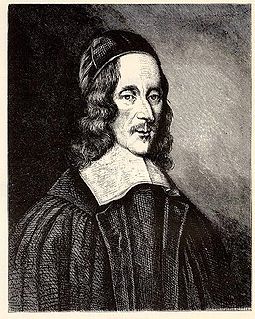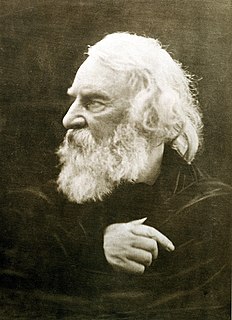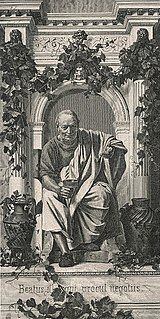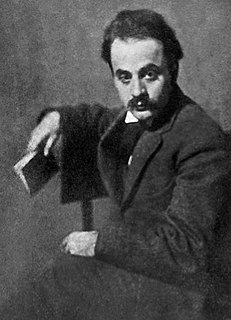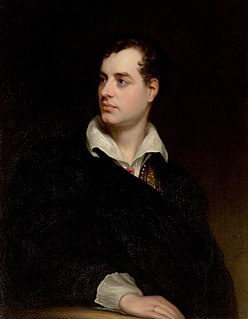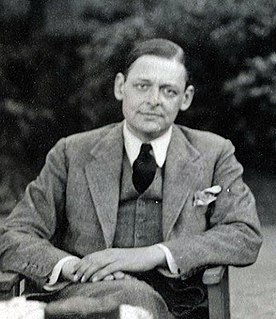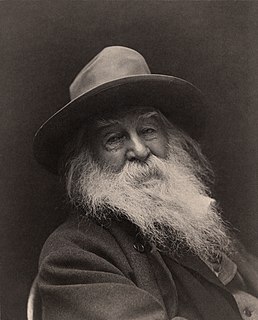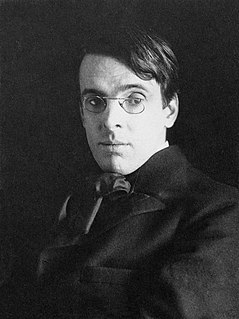A Quote by Diane Ackerman
The visual image is a kind of tripwire for the emotions.
Quote Topics
Related Quotes
Memes can be visual. Our image of George Washington is a meme. We don't actually have any idea what George Washington looked like. There are so many different portraits of him, and they're all different. But we have an image in our head, and that image is propagated from one place to another, from one person to another.
For women... bras, panties, bathing suits, and other stereotypical gear are visual reminders of a commercial, idealized feminine image that our real and diverse female bodies can't possibly fit. Without these visual references, each individual woman's body demands to be accepted on its own terms. We stop being comparatives. We begin to be unique.
Brand-image campaigns establish contact with the subconscious of the consumer below the word level. They do this with visual symbols instead of words, Mr. Martineau says, because the visual symbols are far more significant. They communicate faster. They are more direct. There is no work, no mental effort. Their sole purpose is to create images and moods.
My favourite stuff is visual, and I always want to work with visual artwork. I think it depends on the person, but for me, photographs of an image of something interesting or inspiring is worth a lot more than words to me. I think every concept I've come up with and turned into films or that will be hopefully become a film comes from images first.
Usually in theater, the visual repeats the verbal. The visual dwindles into decoration. But I think with my eyes. For me, the visual is not an afterthought, not an illustration of the text. If it says the same thing as the words, why look? The visual must be so compelling that a deaf man would sit though the performance fascinated.
What's required of me in the field is to feel,' Stirton says with emphasis. 'And trying to take that feeling and put it in a form that communicates a particular set of emotions or circumstances - whether that involves depicting masculine pride, or a particular kind of suffering, or love, or closeness - my primary job is to feel and to try to put that feeling into some kind of visual form. My goal is to get to the heart of each story, you know? I’m trying to evolve in my work.

